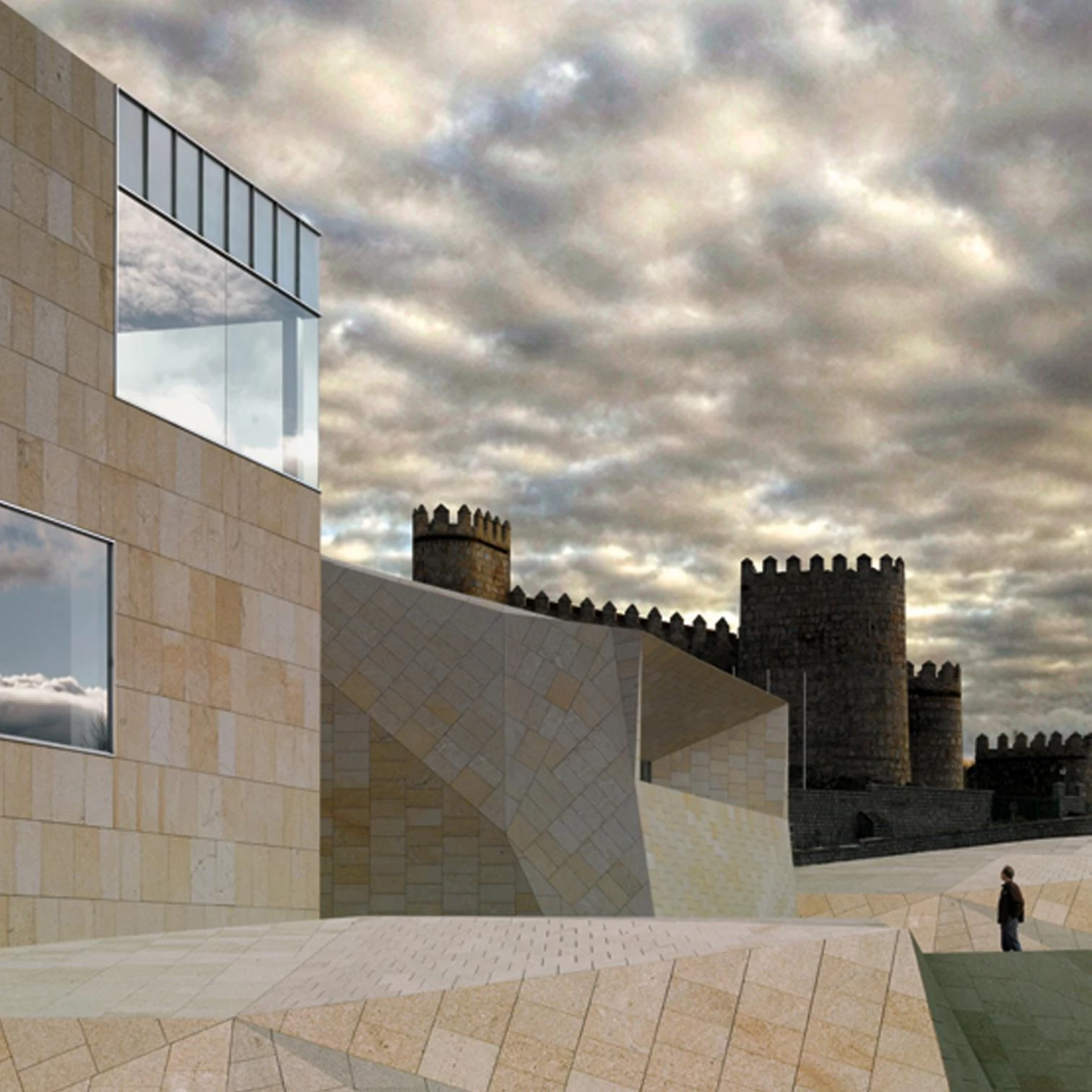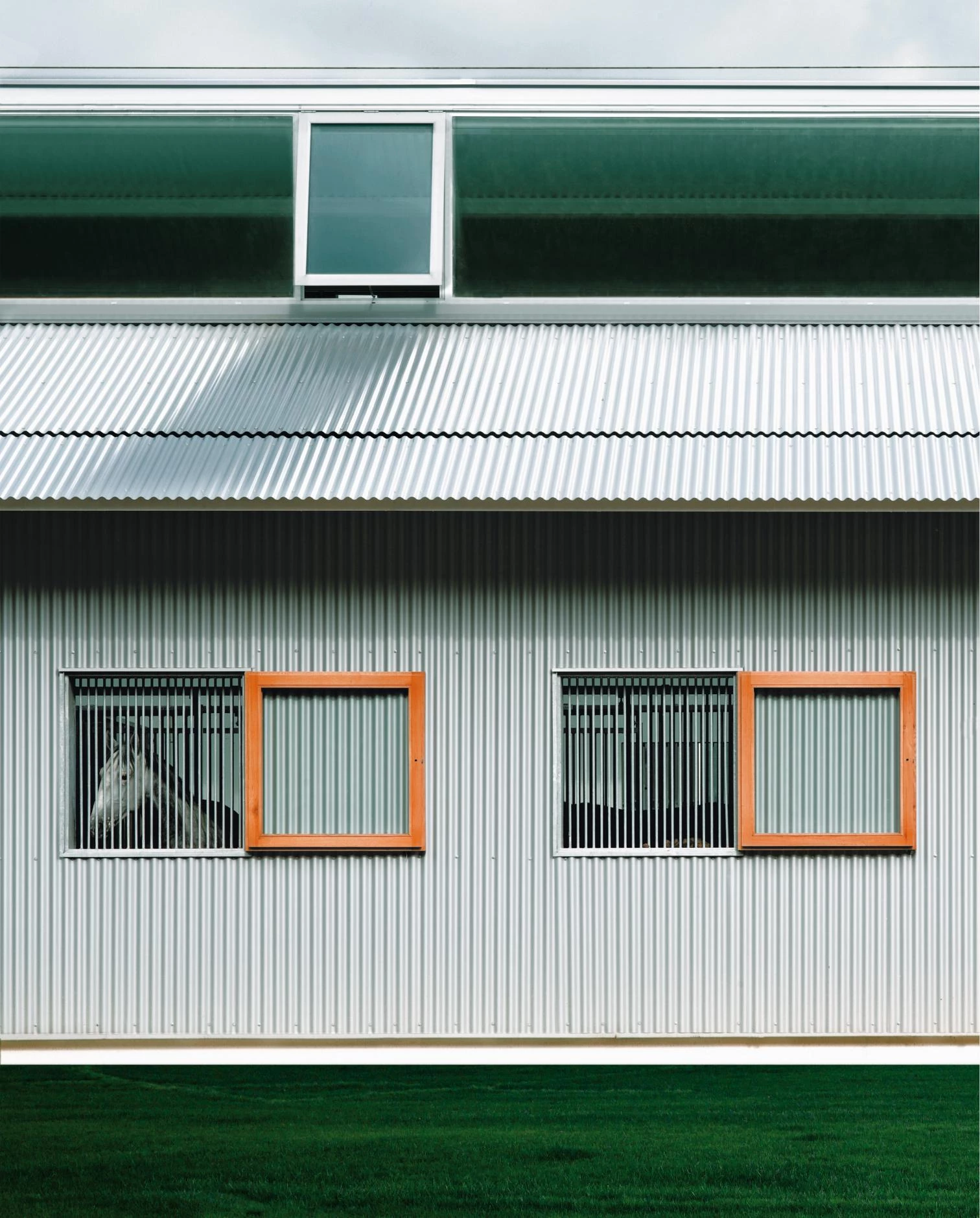
Almost inadvertently, young Turks become young masters. Just after turning 50, and after 25 years of professional activity, Francisco Mangado is no longer the archetypal representative of that young Spanish generation that entered the schools of architecture during the initial years of democracy, and that started professional life coinciding with the political hopes sparked by the first socialist governments and with the economic prosperity of the second half of the eighties. This pragmatic and plural generation, “committed only to a certain lyrical abstraction and with no other obvious fidelity than to a vague constructive realism”, as I once described it, has experienced both political disappointment and economic crisis, breaking up into a spreading bundle of individual trajectories where that of Mangado is one of the most prominent, probably the most prolific, and without a doubt the most forceful in its pedagogical activism.
Already a master builder who has left his mark on countless classes of the University of Navarre – sharing the didactic calling of many of his contemporaries, but also in the academic tradition of two great architects from the same region, Francisco Javier Sáenz de Oíza, whose oracular teachings were a strong influence in Madrid’s School of Architecture, or Rafael Moneo, who transformed with his intelligent learning Barcelona first and Harvard afterwards –Mangado has conceived his long list of built works in permanent dialogue with asocial and political drive which moves him to exercise a contextual, technical and economic responsibility rather than pursue a career based on authorship and language. This demanding quest for didactic discipline– which does not exclude that his consistent course is turning him into an author malgré soi –has encouraged us to publish ten works of his last decade arranged under a personal decalogue.
Presented with his urgent prose, and in chronological order of project, the issue threads the contextual and urban wisdom of the Baluarte, the materiality of bronze in the archaeological museum of Vitoria, the granitic and historical topography of the Ávila congress center, the exact economy of the Gamesa Eólica headquarters, the technical search in the training center of Santiago, the spatial display in Teulada’s auditorium, the mixed program in Palencia’s stadium, the fertile creativity of the design process in the swimming pool of Orense, the symbolic impact of representation in the Spanish Pavilion and the respect for nature and the rural context in the laconic sheds of the equestrian center of Ultzama: a Horatian work with which the architect and here also client closes the Navarre circle, returning to the essential landscapes of his origin, where he began his journey with small squares or wineries and where the strong beliefs of this reformer à rebours still find nourishment.






